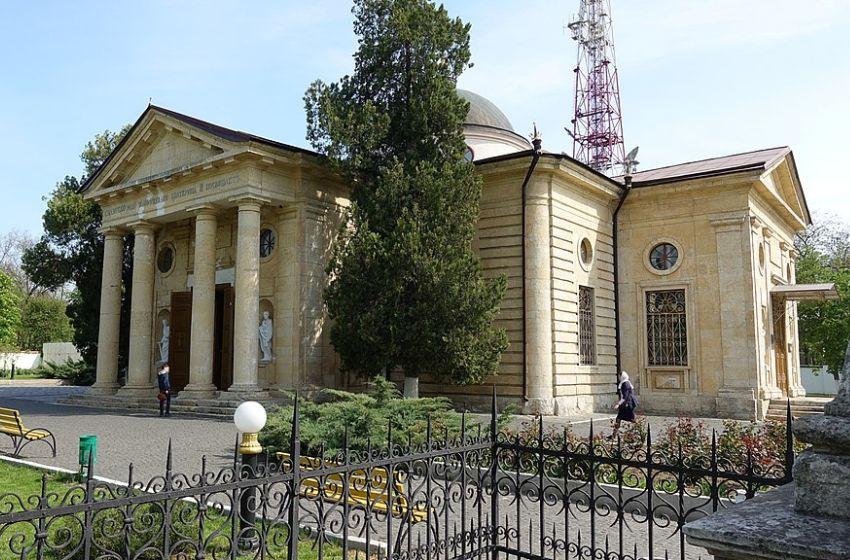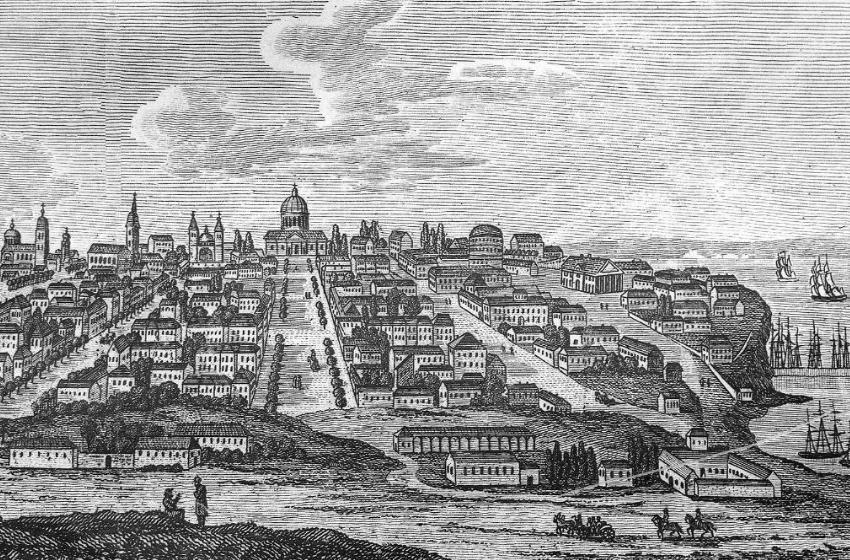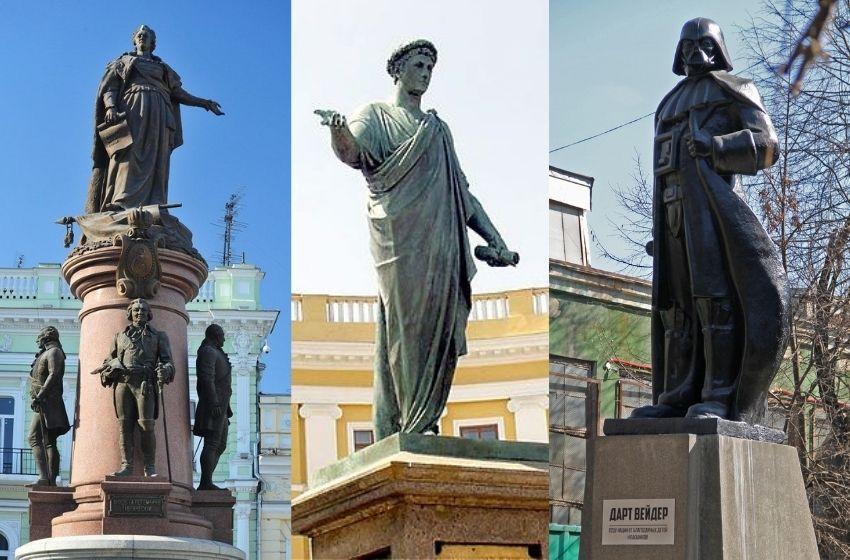Tearing down statues of historical figures is a cultural suicide for the city heritage.
In Odessa they want to remove the statue of Catherine the Great, to cancel a symbol of Russian history in the city. One can understand that war with Russia creates anti-Russian iconoclasm. But the erasure of historical memory is cultural suicide and would not be good for Odessa.
The tsarina is considered the founder of the city because by an act of September 2, 1794, she decreed the birth of Odessa in an uninhabited bay. It was the Neapolitan nobleman José de Ribas, her navy officer and lover, who had convinced her of the need to build a port on the Black Sea coast, which had just been conquered from the Turks.
Actually, the monument is dedicated not only to Catherine II, but to the founders of Odessa. In fact, under the Empress are statues of 4 other historical figures (de Ribas, de Wollant, Potemkin, Zubov). In 1901, at the Paris Architectural Exhibition, the Odessa square with the monument to Catherine was awarded as the best in Europe. In 1920, the Bolsheviks, new masters of the city, removed the monument. In 2007, with Ukraine having been independent for a few years, the Odessans wanted to restore that monument in gratitude for the founding of the city. The unveiling was celebrated by a grand concert of the Philharmonic Orchestra, conducted by American maestro Hobart Earle.
The reason of those who want the monument torn down is, of course, to offend the Russians and prove that they are true Ukrainian patriots.
Unfortunately, those who believe in this initiative do not know that Catherine II was not Russian, but German by birth. And precisely because she was not a real Russian, she favoured the arrival of Italians, Germans, French, Greeks and many other European nationalities to populate and develop this region of southern Ukraine, creating a cosmopolitan city where many languages were spoken and every foreigner was welcomed. If today Odessa is the most European city in Ukraine and also the most open minded and liberal, it is also due to the Empress. Without Catherine, there would be no Odessa today.
Probably, for those who want to take down that statue, the history of Odessa before 1991 (the year of Ukraine's independence) does not exist, or at any rate does not serve modern Ukraine.
But if the monument to the founders of Odessa is removed tomorrow, what will happen to other monuments that are cultural heritage of the city, linked to its imperial past? What will happen to the sculpture of Pushkin, which stands in front of the Odessa City Council? Russia's greatest poet spent a year of forced residence in Odessa for anti-Tzarist conspiracy and wrote splendid letters about the city. That bust was paid for by popular subscription, without the support of government funds.
Then there is the statue of Prince Mikhail Vorontsov in the Orthodox Cathedral Park, a hero of the Napoleonic wars and Governor-General of Odessa. With his money the world-famous Potemkin Steps (then called the Primorsky Steps) was built. He was an enlightened administrator and a generous patron and benefactor.
And what will happen to the Odessans' most beloved statue, that of the Duke of Richelieu? The French aristocrat (grandson of the Cardinal Richelieu) was the great mayor who designed the city's current urban layout and eradicated the plague epidemic. But he was also a high-ranking officer in the Russian imperial army, who made a career right under Catherine the Great.
What are the fanatical destroyers of Odessa's historical memory planning? Do they want to remove all those statues as the Bolsheviks did in 1920?
Perhaps, the example of another important port in Europe with an imperial past can be inspiring: Trieste. The Italian city was the most important port of the Austro-Hungarian Empire, which had the Adriatic Sea as its only outlet. Thanks to prosperous trade, like Odessa, the city was also a cultural capital of that multi-national empire, where in another imperial city, Leopolis (Lviv), Ukrainians could freely speak their language and create a nationalist movement.
Today, the people of Trieste proudly preserve the statue of Empress Elisabeth of Austria (Sissi), a reminder of a noble past, without disavowing their membership in Italy. Italians do not forget how hard they fought Austrians in World War I to conquer Trieste. However, that monument to Princess Sissi does not bother them. It is an example that shows that it is possible to feel Italian without the need to erase the historical memory and roots of a city.
Fortunately, there is a glimmer of light in the Odessa issue. A recent online survey of the city's residents showed that 75 percent of voting Odessites oppose the removal of the statue. This shows that petitions to destroy historical monuments are often pushed by nonresidents, who do not care for the history of the city. These people do not really love Odessa.
They are probably the same people who want to force the British, Americans, French, Germans and Italians to spell Odessa with an "s" (Odesa) because they think the city's historical name is Russian. They do not know that "Odessa" comes from the ancient Greek "Odysseia" (= Odyssey) and was chosen by the Neapolitan De Ribas as a tribute to Greek culture (and also because the Italian nobleman considered himself a bit of Ulysses).
These Greek, Italian, German, French, and many other cultural traditions have made the city of Odessa unique and fascinating, and this cultural wealth is a treasure for Ukraine's identity and not a threat, as some uncultured extremists would have us believe.
Let us stop this madness against Odessa's historical monuments, that make the city more beautiful and interesting.





















